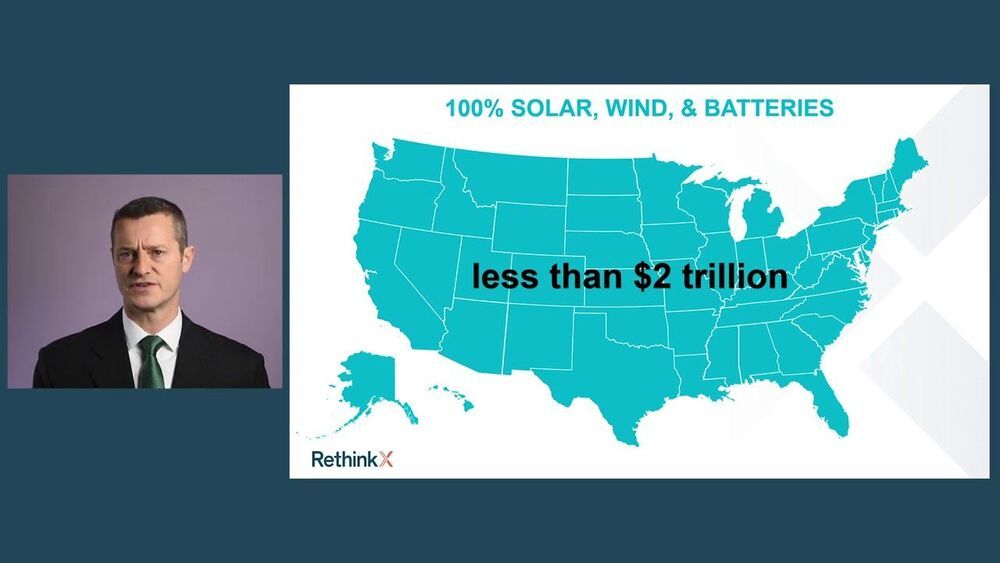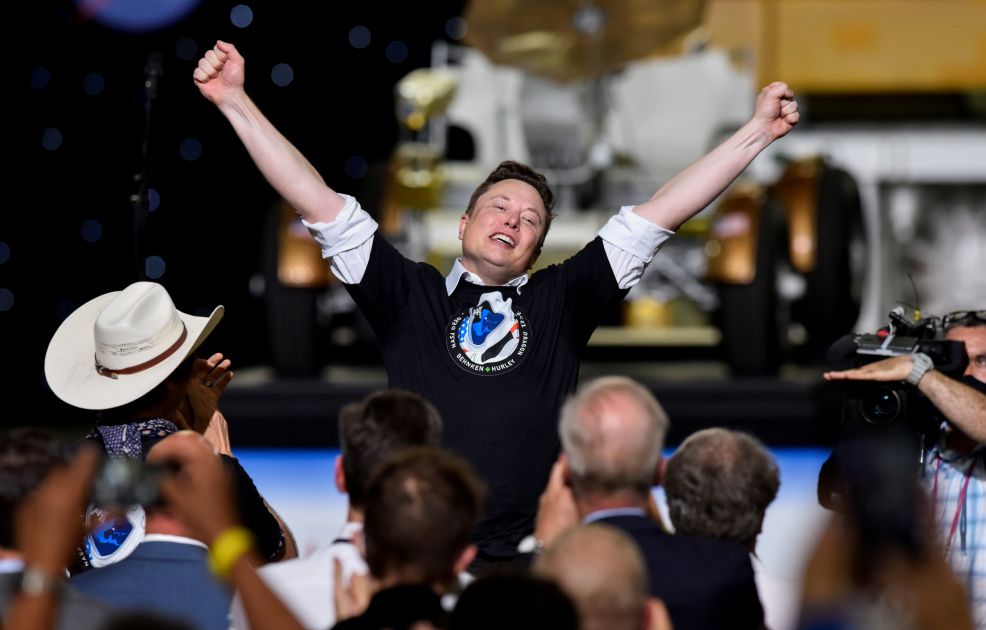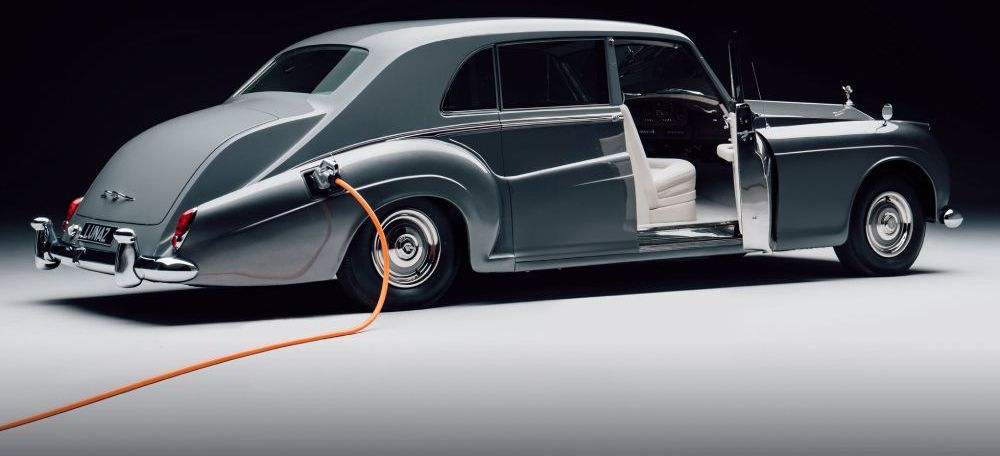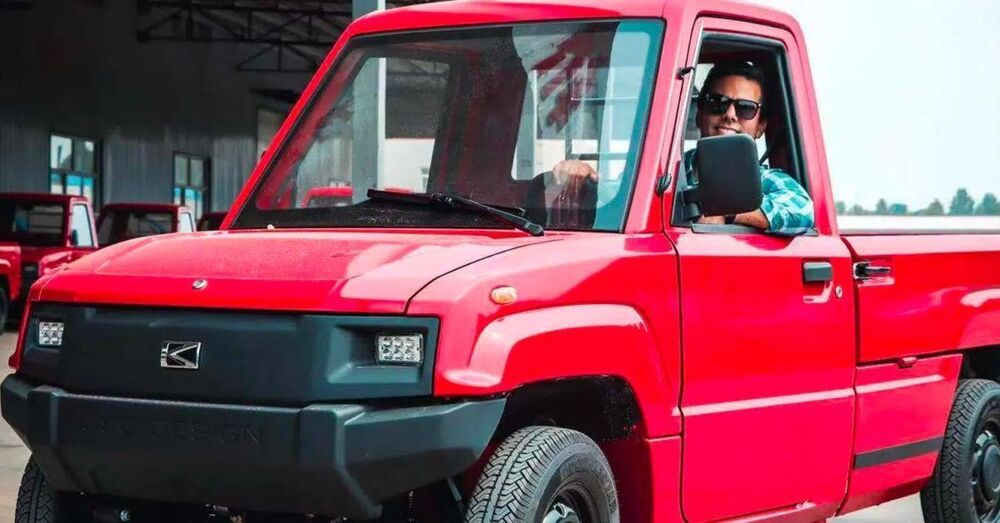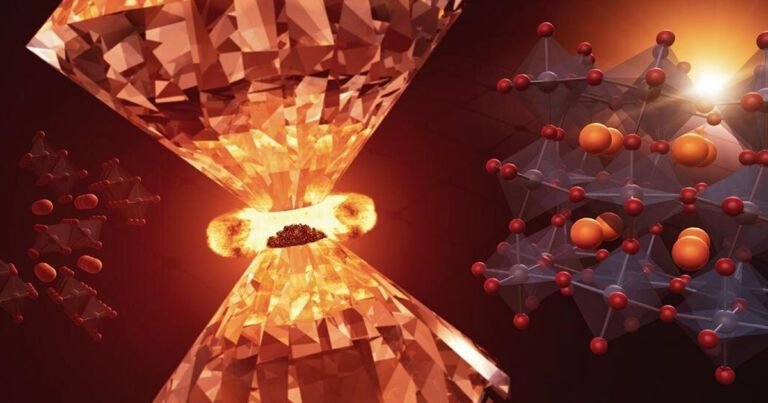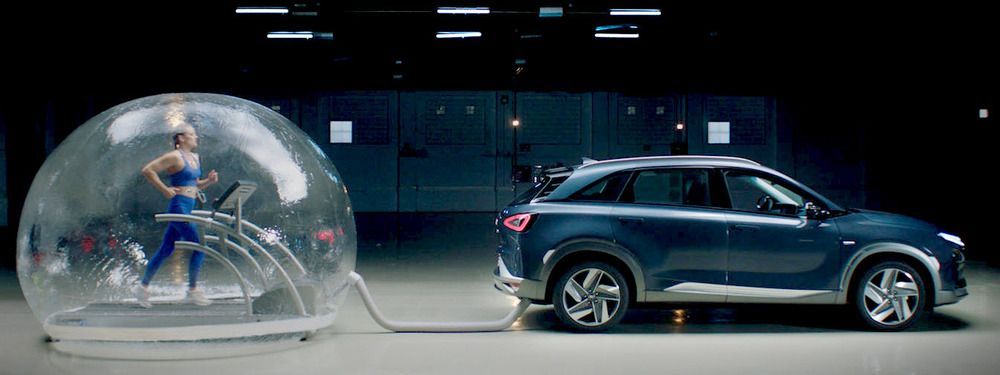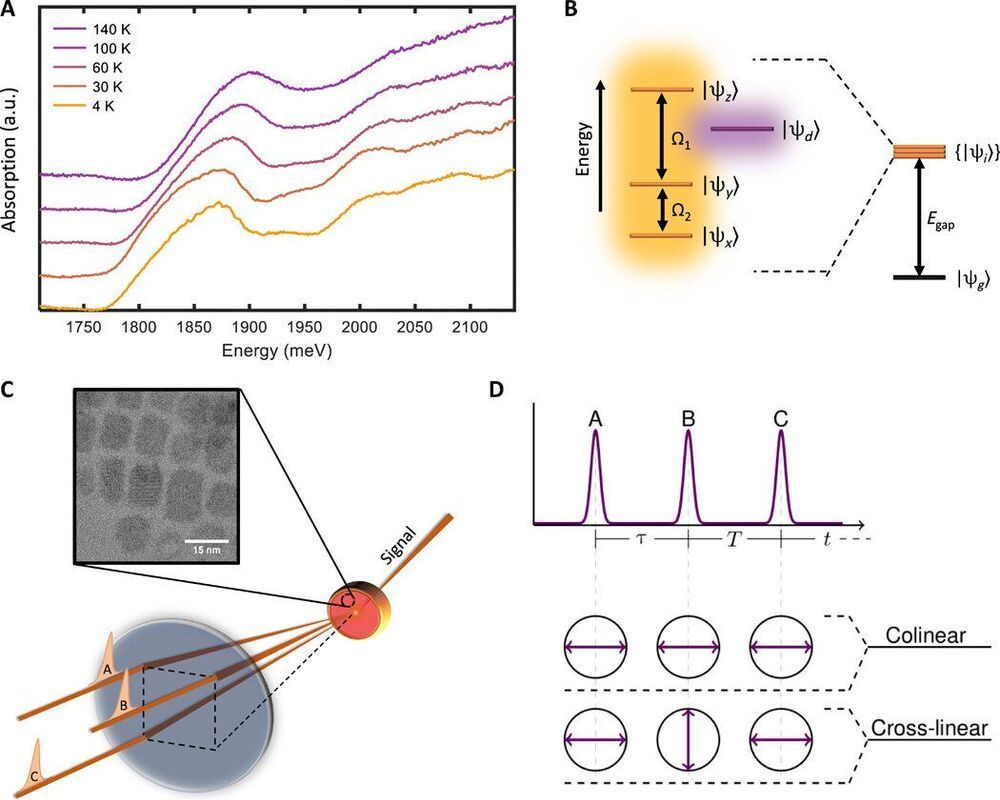Wow…even I was amazed by these stats and timeline… and I am an unapologetic optimist and futurist who wants to live forever lol.
This video is a synopsis of our research report “Rethinking Energy 2020-2030: 100% Solar, Wind, and Batteries is Just the Beginning” that was published on October 27th, 2020 and is available for download free of charge from our RethinkX website https://www.rethinkx.com/energy.
We are on the cusp of the fastest, deepest, most profound disruption of the energy sector in over a century. Like most disruptions, this one is being driven by the convergence of several key technologies whose costs and capabilities have been improving on consistent and predictable trajectories – namely, solar photovoltaic power, wind power, and lithium-ion battery energy storage.
Our analysis shows that 100% clean electricity from the combination of solar, wind, and batteries (SWB) is both physically possible and economically affordable across the entire continental United States as well as the overwhelming majority of other populated regions of the world by 2030. Adoption of SWB is growing exponentially worldwide and disruption is now inevitable because by 2030 they will offer the cheapest electricity option for most regions.
Coal, gas, and nuclear power assets will become stranded during the 2020s, and no new investment in these technologies is rational from this point forward. But the replacement of conventional energy technology with SWB is just the beginning. As has been the.
case for many other disruptions, SWB will transform our energy system in fundamental ways. The new system that emerges will be much larger than the existing one we know today and will have a completely different architecture that operates in unfamiliar ways.
One of the most counterintuitive and extraordinary properties of the new system is that it will produce a much larger amount of energy overall, and that this superabundance of clean energy output – which we call super power – will be available at near-zero marginal cost throughout much of the year in nearly all populated locations. The SWB disruption of energy will closely parallel the digital disruption of information technology. Just as computers and the Internet slashed the marginal cost of information and opened the door to hundreds of new business models that collectively have had a transformative impact upon the global economy, so too will SWB slash the marginal cost of electricity and create a plethora of opportunities for innovation and entrepreneurship. What happened in the world of bits is now poised to happen in the world of electrons.
